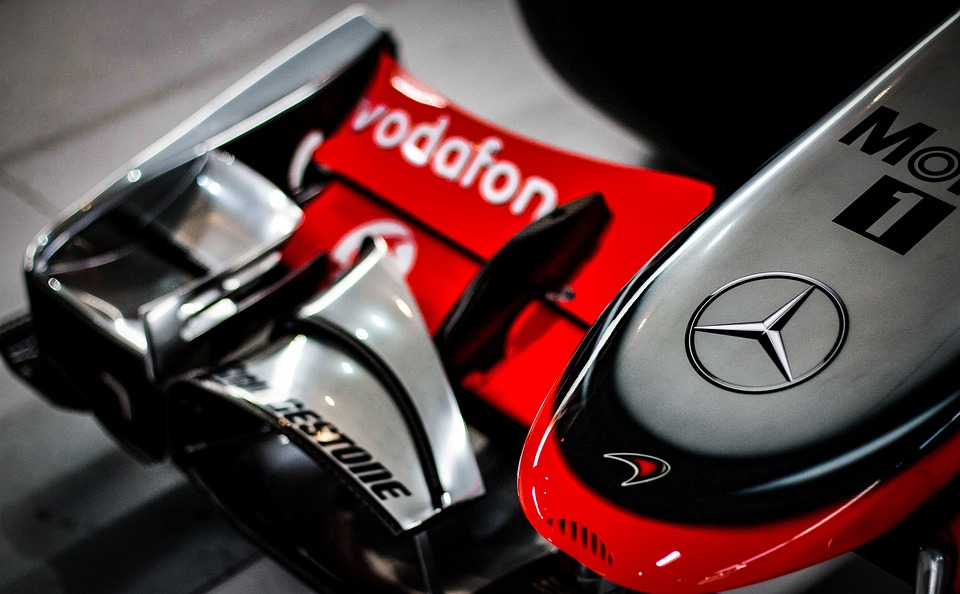
From Go-Karts to Formula Racing: The Evolution of Karting
The Beginnings of Karting
Karting, also known as go-kart racing, has humble beginnings that trace back to the 1950s in Southern California. The original go-karts were simple, small vehicles with lightweight frames and low-powered engines. These vehicles were designed for amusement rather than competition, and quickly gained popularity as a fun recreational activity for families and friends.
The Rise of Competitive Karting
As karting continued to grow in popularity, so too did the desire for organized competition. In the 1960s, karting clubs began to form and races were held on makeshift tracks around the country. These early races were informal and often attracted amateur drivers looking for a thrill.
The Development of Professional Karting
By the 1970s, karting had evolved into a more professional sport with dedicated tracks, standardized rules, and competitive leagues. As the sport became more popular, manufacturers began producing specialized karts with more powerful engines, advanced suspension systems, and aerodynamic bodies. Professional drivers like Michael Schumacher, Lewis Hamilton, and Ayrton Senna all began their racing careers in karting, showcasing the importance of the sport as a stepping stone to higher levels of motorsport.
The Evolution of Karting Technology
Over the decades, karting technology has advanced significantly, with manufacturers constantly pushing the boundaries of performance and innovation. Modern karts are equipped with high-performance engines capable of reaching speeds of over 100 mph, sophisticated chassis designs for optimal handling and control, and advanced data acquisition systems for tracking and analyzing driver performance. These technological advancements have not only improved the on-track capabilities of karts but have also transformed the sport into a highly competitive and professional endeavor.
The Transition to Formula Racing
For many aspiring racers, karting serves as a launching pad to higher levels of motorsport, including Formula racing. Formula racing, characterized by open-wheel, single-seater cars, is the pinnacle of motorsport and attracts some of the most talented and dedicated drivers in the world. Many Formula 1 drivers, such as Sebastian Vettel, Max Verstappen, and Fernando Alonso, began their racing careers in karting before moving on to compete in various Formula racing series.
The Impact of Karting on Formula Racing
Karting remains an integral part of the motorsport ecosystem, providing aspiring drivers with essential skills and experience that are crucial for success in Formula racing. The intense competition, technical challenges, and high-speed racing of karting help drivers develop the precision, concentration, and racecraft necessary to excel at the highest levels of motorsport. Additionally, many Formula racing teams use karting as a talent identification and development tool, scouting young drivers who show promise and potential for future success.
Conclusion
In conclusion, the evolution of karting from a recreational activity to a professional sport has been remarkable, with the sport serving as a vital training ground for aspiring drivers looking to make their mark in Formula racing. The technological advancements, competitive leagues, and talented drivers that have emerged from karting have solidified its place in the motorsport landscape and continue to shape the future of racing. Whether you’re a casual enthusiast or a dedicated competitor, karting offers an exciting and accessible entry point into the world of motorsport, where the thrill of racing and the pursuit of excellence converge.

